Discover the fascinating story behind one of the most famous tourist attractions in all of Scandinavia, including the human cost of producing Vigeland's artistic vision.
The Oslo Opera House and the Holmenkollen ski jump are recognised landmarks of Norway's capital. However, it is the monolith in Vigeland Park that truly stands out.
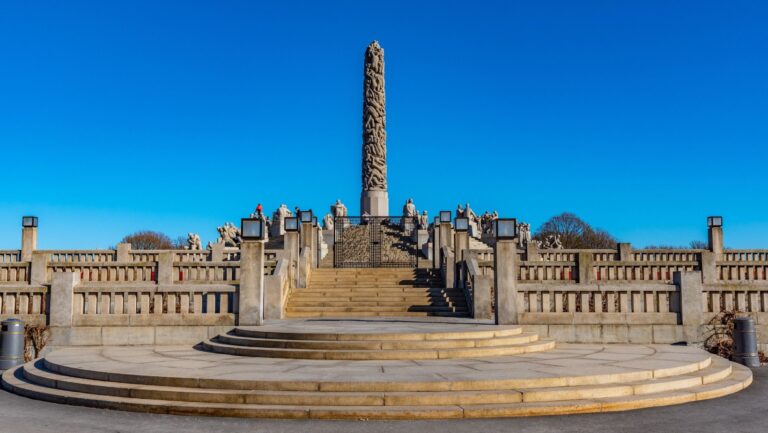
Rising distinctively against the lush greenery of Frogner Park, it asserts itself as a defining image of Oslo. Perhaps with the one exception of The Scream, it's the most recognisable piece of art in Oslo.
Introducing the monolith
Among the diverse collection of 212 sculptures in bronze, iron, and granite at Oslo’s Vigeland Sculpture Park, the monolith claims a unique prominence. Sculpted from a singular granite block, this 17-metre structure anchors the park as an essential Norwegian landmark.
The visionary behind this is Gustav Vigeland, an artist who invested his life in creating works for Oslo, now proudly displayed in Frogner Park in the tranquil western side of the city.
A spectacular centrepiece
The monolith presents a striking tableau from afar and an even more profound experience up close.
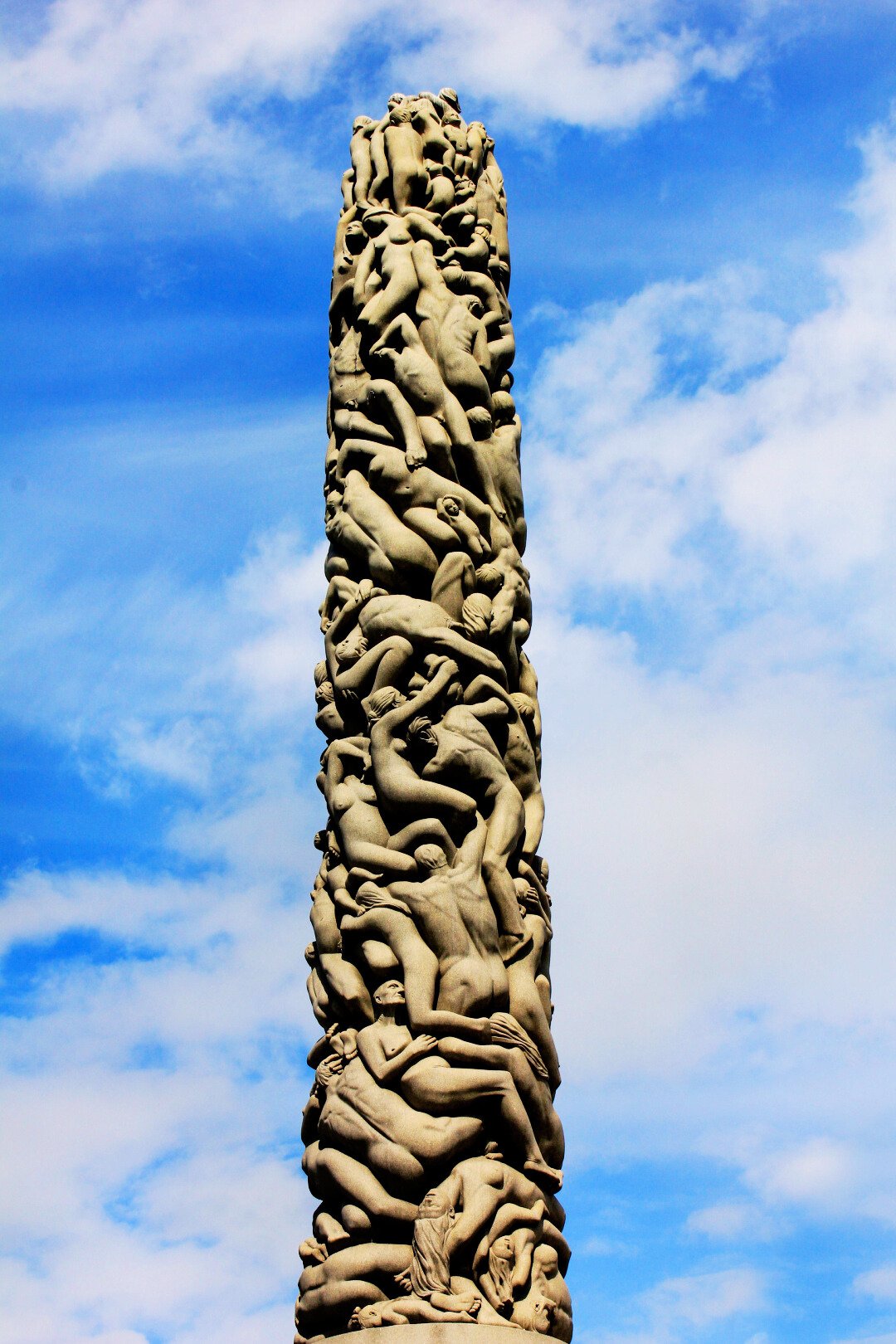
It features 121 human figures intricately carved, entangled in a collective climb, with a range of expressions from children reaching the pinnacle to adults supporting the ascent below.
The Vigeland Museum interprets this sculpture as a representation of humanity's aspiration and pursuit of the spiritual.
The story of the monolith
Vigeland himself spent ten months on the initial clay design, which was followed by the creation of several plaster models to aid the masons. Many of the models are now exhibited at the Vigeland Museum.
The process that began in the late 1920s was concealed under a wooden shed until its completion. It was finally revealed to great anticipation during the 1944 Christmas season.
The masons' story
Although Vigeland was of course the brains behind the project, there are many more people worthy of recognition that are almost forgotten.
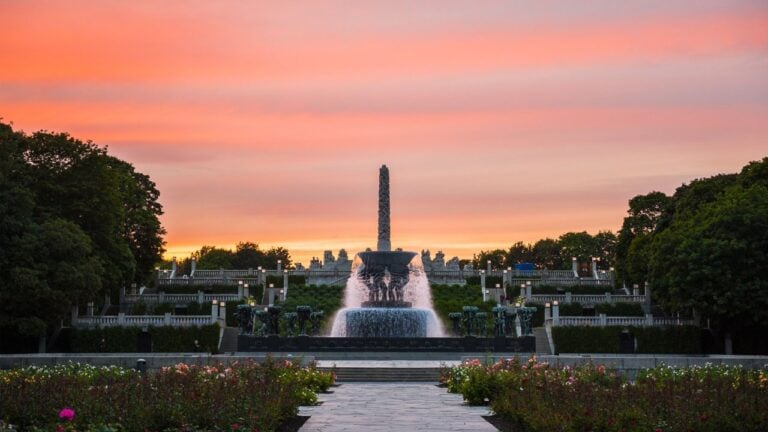
A recent NRK investigation has shed light on some of these names, including some incredible photography from the time.
In particular, a trio of masons dedicated 14 years to transform the 280-tonne block of Iddefjord granite into the monolith we see today.
Vigeland himself had neither the time nor the expertise to carry out the intricate carvings. So instead, he looked for the best stonemasons from across the Nordic region. He ended up with one Swede, one Dane, and one on Norwegian, making the final result a truly Scandinavian effort.
Let's take a moment to thank these unsung heroes of the project. The Swede, Nils Jönsson, who was the first to join the team. The Dane, Karl Kjær, who was hired immediately before the work began. Finally, the Norwegian, Ivar Broe, was hired by Vigeland to replace another mason who had fallen ill.
Broe, in particular, was a wise choice. He grew up with the specific granite and knew its properties well.
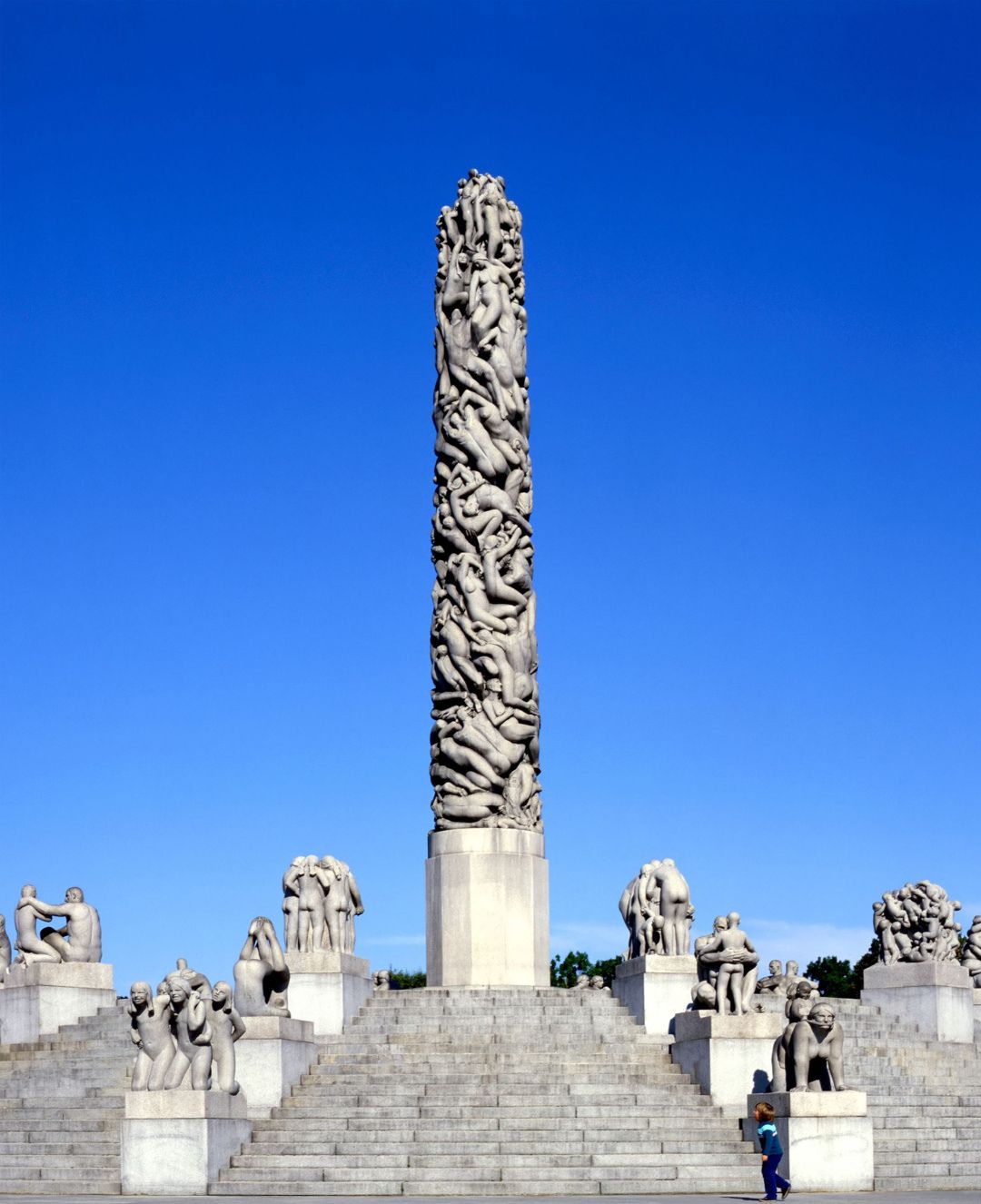
Within the wooden shed, a set of stairs surrounded the standing stone, divided into 11 levels. The stonemasons could move freely up and down while they worked. Together, they decided to start at the very top.
The human cost
Enduring the biting cold of Norwegian winters, these craftsmen, known colloquially as the “Monolith guys,” worked with dedication to transform raw stone into the park's iconic figures.
Despite their expertise and the camaraderie that saw them through both the physical and mental demands of their trade, they faced the constant threat of serious lung diseases due to the inhalation of mineral dust, a peril compounded by the absence of proper protective gear.
The City of Oslo, along with private sponsors, ensured the continuation of their work without strict deadlines, which was a rare advantage in an otherwise demanding profession.
Yet, the toll on the stonemasons was significant, with two of the three main craftsmen dying prematurely, believed by their families to be from conditions related to their occupation, a poignant reminder of the human cost behind the park's enduring legacy.
The surrounding sculptures
The monolith is elevated on a plinth and encircled by steps that amplify its imposing height.
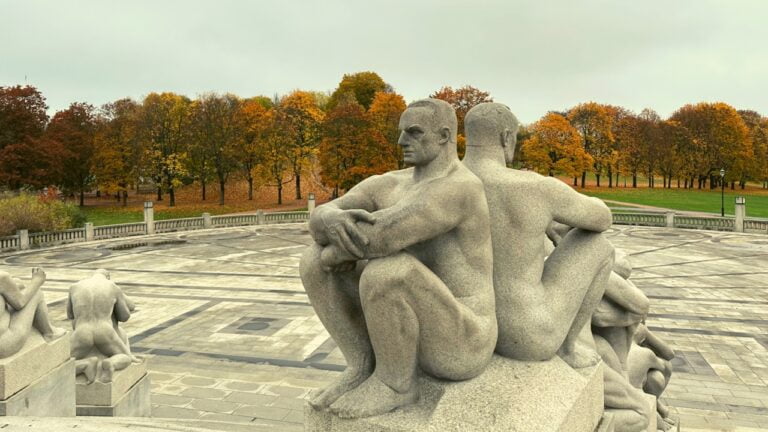
Around these steps, additional granite sculptures capture a spectrum of human emotions, from contemplation to unrest, all accessible through eight ornate wrought iron gates, each incorporating human figures into their design.
Vigeland and Oslo
Throughout his career, Vigeland received the city's patronage, with an understanding that his artworks would become the city's legacy.
Although initially envisioned to dominate the space outside Oslo Central Station, the monolith, due to Vigeland's extensive catalogue of work, was instead installed in the parkland adjacent to his studio.
This sculpture park now attracts over a million visitors each year, securing its status as Oslo's most frequented free tourist attraction.
Have you visited Vigeland Park, and the impressive monolith? Why not share your experiences in the comments, below.


Vigeland Park was the highlight of our trip across Europe. It is heightened when you see the Vigeland Museum that holds to body of his life’s work and details of how it was created. Definitely a must see. This story adds even more. Thank you.
I first saw this in 1959, and in October, finally was able to visit again. The majesty remains. Do you know of a “coffee table” book that tells the story and history of Vigeland park?